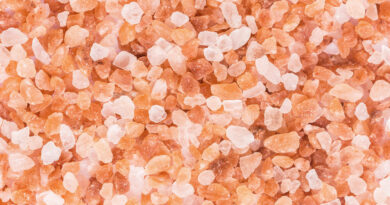Approaches for Recycling Tungsten: Direct Recycling
There are three significant techniques of reusing tungsten:
- Direct recycling
- Indirect or chemical recycling
- Melting metallurgy
To learn more about tungsten, please visit tungco.
Direct recycling
This type of reusing does not transform the chemical structure of the scrap product but transforms it right into powder form. Prerequisite problems that must be satisfied to utilize these ways of reusing include the reputation of powder as the end item of the procedure, the supplied material being of extremely high pureness, and a reduced possibility of contamination throughout the procedure.
The procedure itself can be done using physical or chemical therapy. Examples of straight recycling processes consist of:
- The zinc procedure: This procedure entails revealing tungsten carbide scrap to molten zinc as well as zinc vapor in the existence of nitrogen or argon at heating system temperature levels of 800° C to 1050° C for an extended duration of time. The fluid zinc responds with the binding metal, i.e., nickel, copper, or iron, which bloats the scrap as the binder quantity increases. The zinc is after that distilled off as well as what is left behind is a squishy metal product that can be crushed and grated to the called for powder sizes. Concerning 30% of difficult scrap is recycled through the zinc approach in the Europe and United States.
- Mechanical pulverization: Because of the wear resistance, as well as firmness of cemented carbide, conventional milling, as well as squashing procedures, would cause a significant introduction of impurities right into it. An approach was designed, later called the Coldstream procedure, to prevent this trouble. The scrap product is increased approximately twice the speed of noise through an apparatus and chance at a target where the effect suffices enough to fracture the scrap product. The target is generally of the same make-up as the scrap product to prevent contamination. The resulting crushed scrap product is arranged by dimension to ensure that oversize material can undertake the process once again.
- Oxidation-reduction of heavy metal switching: This process is relatively basic, entailing the oxidation of hefty steel turnings in the air at a temperature level of concerning 800° C. The oxidized material is then milled and lowered under a hydrogen atmosphere at 900° C to 1000° C, and the resulting powder is ready for usage in the production of new hefty metal components.
- Oxidation as well as reduction of sealed tungsten carbide: This procedure resembles the one over, other than that the resource material is WC-Co carbide scrap. It is similarly oxidized to generate cobalt tungstate and tungsten oxide, as well as the mixture is lowered in the presence of hydrogen. The resulting material is after that blended with carbon black and carburized to obtain a WC-Co powder, online in the production of cemented carbide once again.





